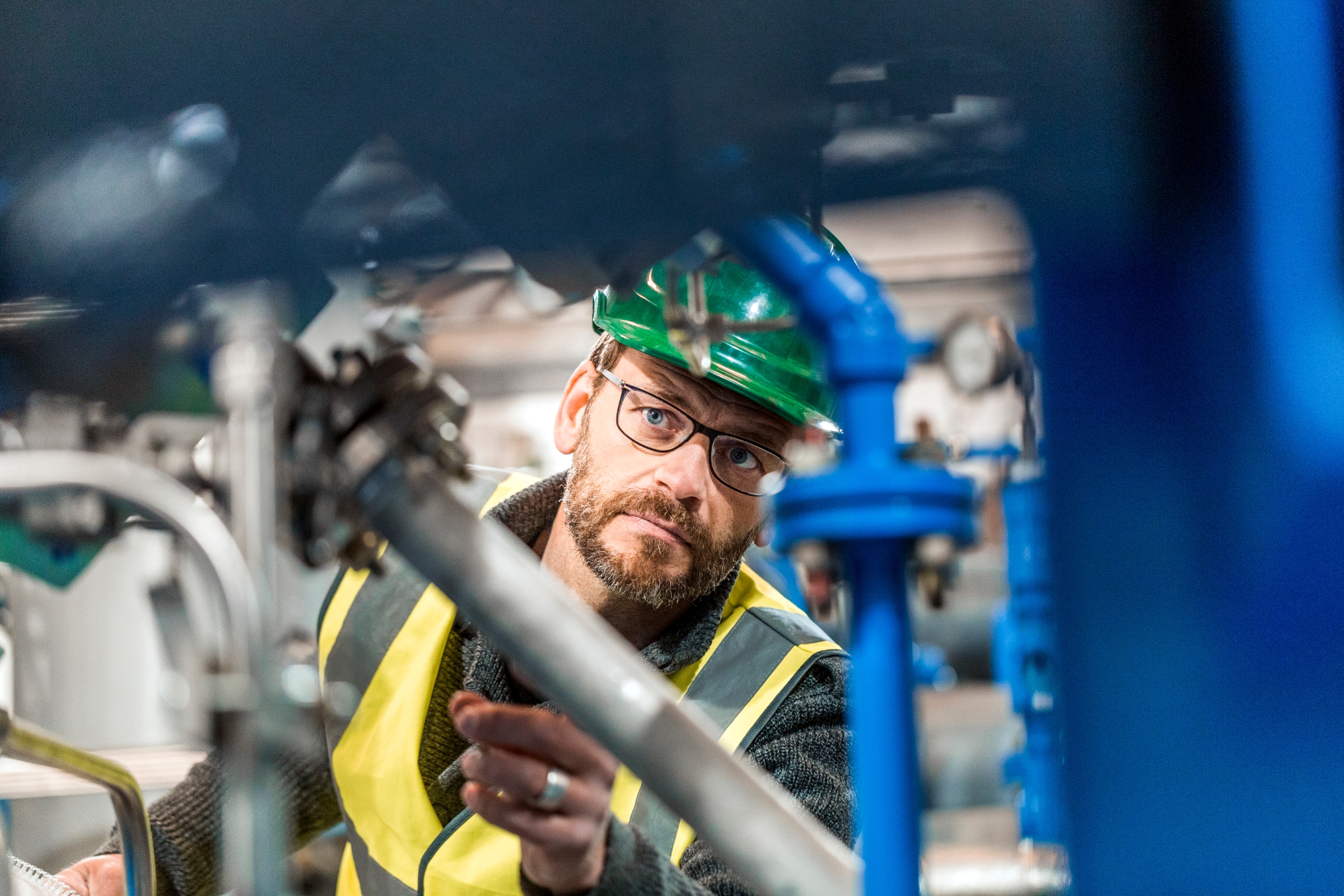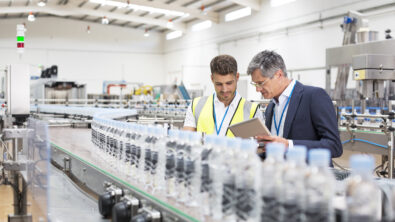Setting realistic expectations for your industrial IoT journey

The fourth industrial revolution is here. In an age of digitalization, communication and extreme expansion of virtual enterprises, we are entering uncharted technological territories. The realm of manufacturing is no exception. The industrial Internet of Things (IoT) is the future of operations, happening now, with the potential to revolutionize production, spearhead sustainability and resource conservation initiatives, and save precious commercial resources.
The movement towards IoT usage, especially with manufacturing atmospheres lacking digital infrastructure, can seem daunting. Buzz words like machine learning, digital twin, artificial intelligence and augmented reality are marketed as immediate executable functionalities. But more realistically, a client may start with IoT through several different entry points, dependent on long-term vision, service ecosystem and stakeholder goals.
Back to basics
It is important to begin with a fundamental understanding of the value of IoT. Once machines are connected to the internet and an industrial IoT solution is added, you can observe and determine what kind of data to collect. The next step involves gaining experience with the program and maximizing the functionalities.
After you’ve narrowed down your goals, certain key performance indicators (KPIs) can be optimized, i.e. maintenance intervals, short term targets, and efficiency metrics. These processes naturally lend themselves to your gaining transparency about what your things are doing. You can now better understand the functionalities of your machines, what capabilities are IoT are available, and what KPIs can and will be optimized. These new insights can drastically improve your products, production, and services, resulting in winning new customer groups and your organization staying competitive in the market. Within your own ecosystem, at the end of the day, you can generate value through network effects, and see through to long lasting growth.
A realistic starting point
A solution often seen as a starting place to leverage industrial IoT solutions is continuous machine condition monitoring. But what does that mean? Put simply, notifications of machine maintenance needs are sent out if issues occur, as they occur. Digital parameters can be set and updated, configured and further accessed in a mobile app, making live access updates available any time, any day, from anywhere. Remotely, stored process data can be accessed and assessed, helping root cause analysis, and generating the correct data to identify trends and inherent problems in environment or mechanical wear.
Before in-person repair even becomes necessary, IoT allows for software issues to be remotely repaired and necessary hardware service to be identified immediately. In the long term, machine data is collected and used to extend service offerings, improving method management and machinery operations for the future.
The benefits of industrial IoT
Industrial IoT gives you an undeniable advantage in the market, taking your organization to new digital heights. Don’t miss out! In the next five years, more than 70% of machine builders are slotted to increase their software-based revenue accompanying their machines by over 5%, with expected gains of 10-12% through better manufacturing output, factory utilization, and labor productivity.
With digital efforts, particularly in brownfield environments, IoT provides remote assistance and maintenance tools which can yield up to a 40% reduction in field-service costs. Travel needs are minimized, and prior to in-person repair, maintenance crews are better prepared with tools and spare parts with enhanced diagnostics from the machines themselves. Through improved performance management, companies can boost labor productivity up to 40% with less breakdowns in machinery, thus minimizing production outages and observing an average of 10-15% reduction in maintenance costs.
Start, scale and grow
Industrial IoT is the future of manufacturing technology, utilized for service integration, data collection/analytics, real-time monitoring, network/social systems, and process extension. The ability to connect experts concentrated in one geographic location with machinery all over the world results in significant reductions in service costs, time to repair, and lag time/uncertainty for local technicians to react, diagnose, and rectify the situation on hand.
It is through industrial IoT and the Insights Hub industrial IoT solution that industry can continue to cultivate dialogue, connect, and digitalize a realm of technology already hindered by limited in-person connectivity. In the end, integrated remote services and condition monitoring are the first steps to a future of global connectivity, efficiency, and progress in any manufacturing floor in every industry.
Want to learn more about your short-term and long-term IoT options? Watch our on-demand webinar, Realistic IoT vs. Visionary, and learn what’s possible with the industrial IoT. Then, get started with Insights Hub– for free.
You might also be interested in…


